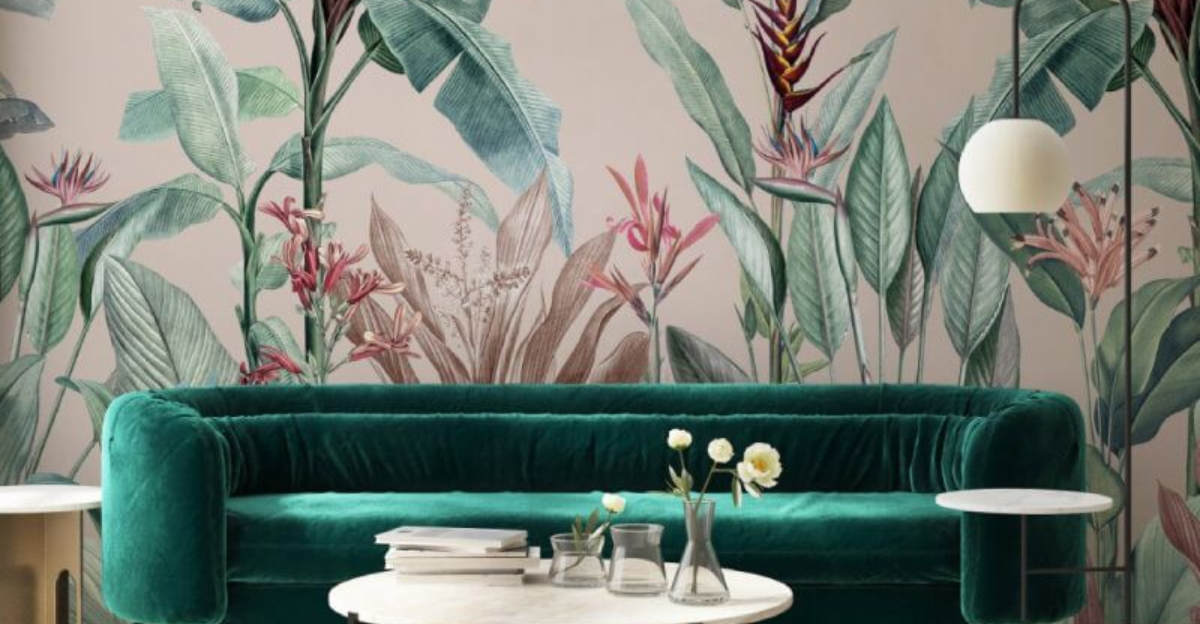Your home isn’t just a financial asset—it’s where your life happens. Too many of us surrender our walls, floors, and fixtures to the imaginary demands of future buyers we’ll never meet.
We paint in safe neutrals, install generic fixtures, and suppress our design instincts, all while postponing the joy of living in spaces that reflect who we truly are. What if you decorated for the owner who matters most—you?
1. Beige Is Not a Personality

Those ‘universally appealing’ grays and taupes might photograph well for listings, but they won’t spark joy during your morning coffee ritual.
Bold colors create moods, memories, and moments that neutral palettes simply cannot. Your crimson dining room might eventually be painted over, but not before it hosts a hundred unforgettable dinner parties.
2. Tomorrow’s Buyer Isn’t Paying Today’s Mortgage
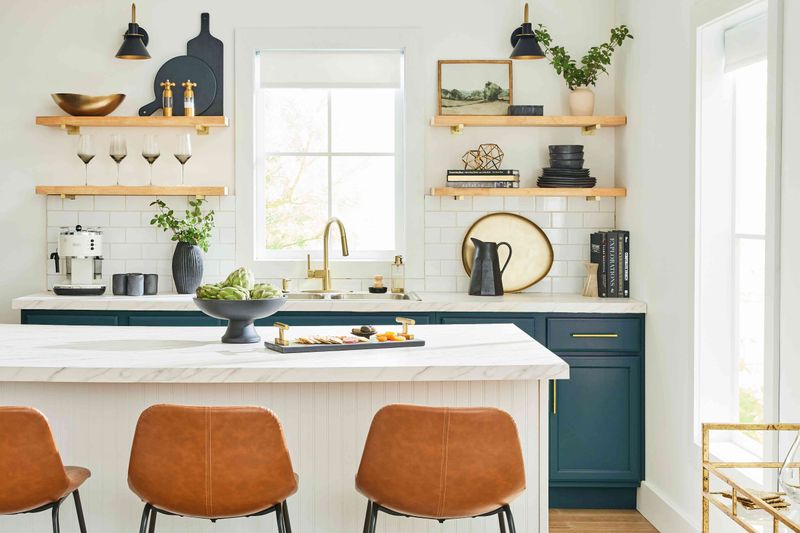
Every day spent living with choices that don’t reflect your taste is a day traded for hypothetical future pennies.
That farmhouse sink you’ve always wanted? The one deemed ‘too niche’ by realtors? It might bring you daily satisfaction for years before you sell. Calculate that value against a marginal price difference at eventual resale.
3. Wallpaper Rebellion
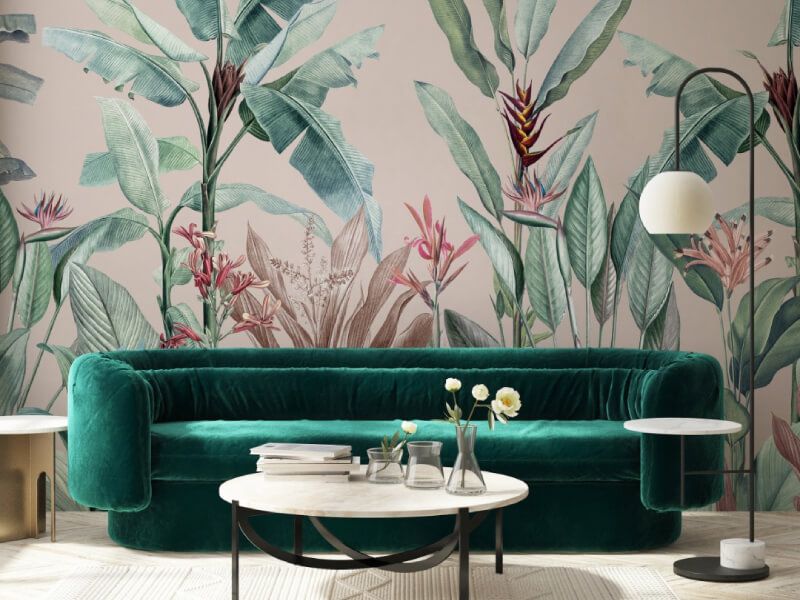
Remember when everyone warned against wallpaper because removal might deter buyers? Meanwhile, you’ve spent years staring at blank walls while secretly pinning dramatic floral prints and geometric patterns.
Wallpaper has become more removable and design-forward than ever. Your statement wall could become the backdrop to countless family photos and the visual anchor your living room craves.
4. The Myth of Universal Appeal
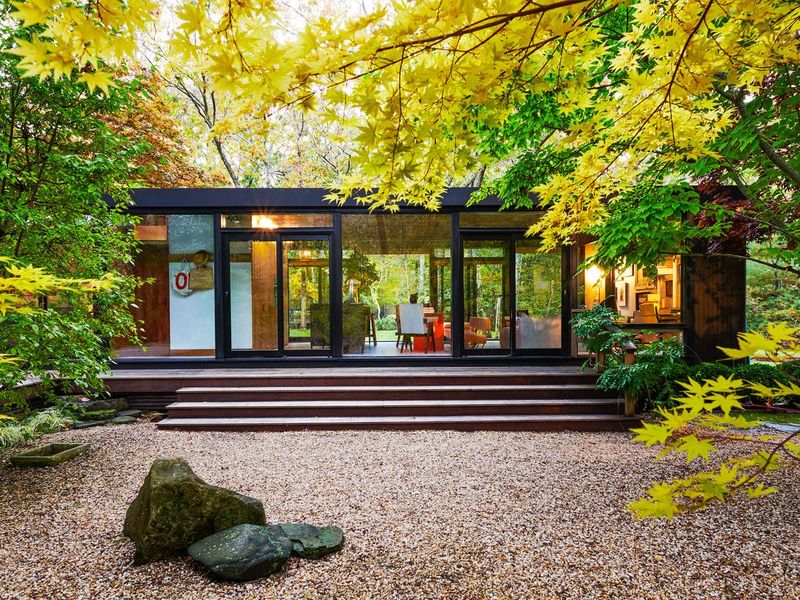
Real estate professionals push for broad appeal, but here’s the secret: someone’s ‘universal’ is another person’s boring. The most memorable homes on the market often have distinctive features that attract passionate buyers.
Your hand-painted kitchen tiles might actually become your home’s selling point, not its downfall. Distinctive homes create emotional connections that can transcend the clinical calculations of square footage and countertop materials.
5. Hotels Are for Vacations, Not Daily Living
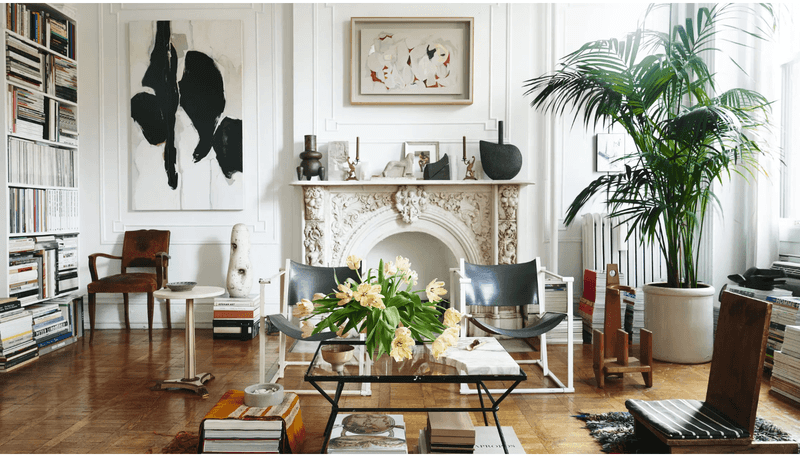
The sterile, impersonal aesthetic of high-end hotels has somehow become our residential aspiration. These spaces are designed for temporary occupation, not the messy, beautiful reality of everyday life. Family heirlooms, travel souvenirs, and imperfect handmade items bring warmth that no staged environment can replicate.
6. Dark Paint Won’t Shrink Your House
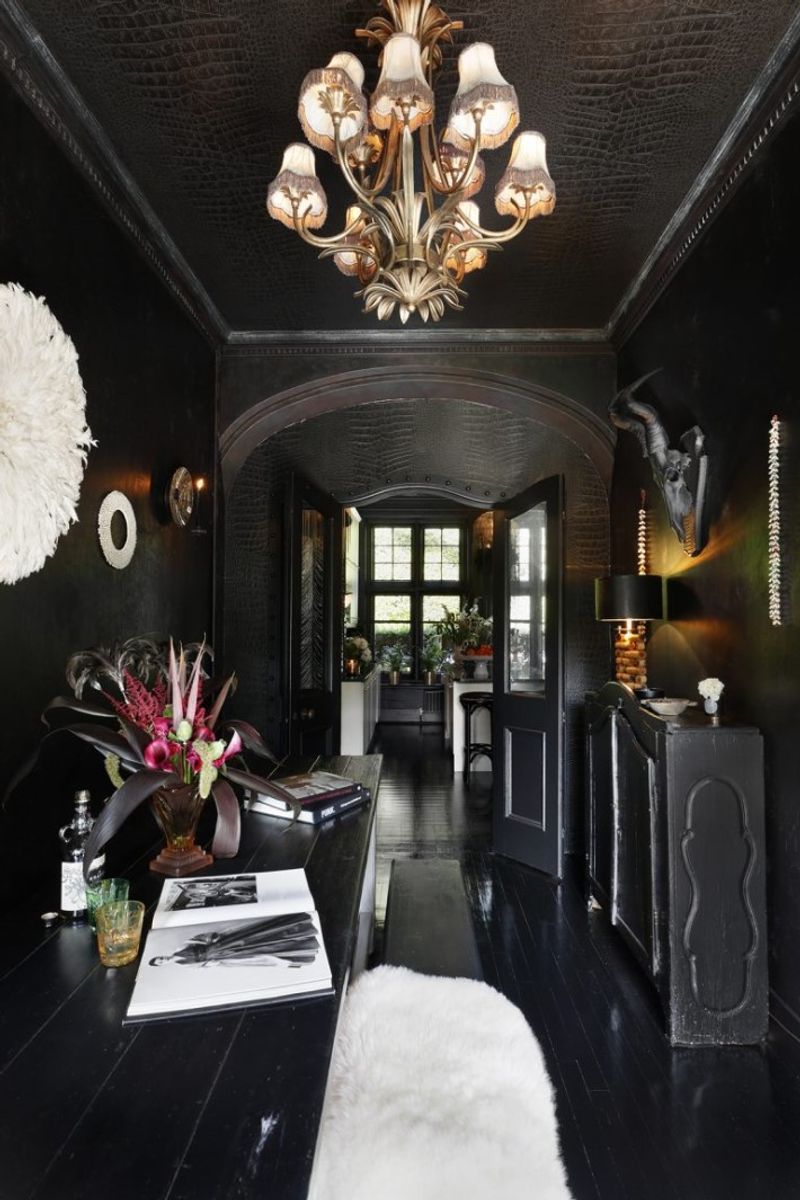
Conventional wisdom claims dark colors make spaces feel smaller. What this misses is how they can also make rooms feel more intimate, dramatic, and intentional.
Navy libraries, charcoal bedrooms, and forest green dining rooms create ambiance that transcends square footage perception. These spaces don’t just exist—they envelop you in mood and character that vanilla boxes can never achieve.
7. Memory Lives in Details, Not Resale Strategies
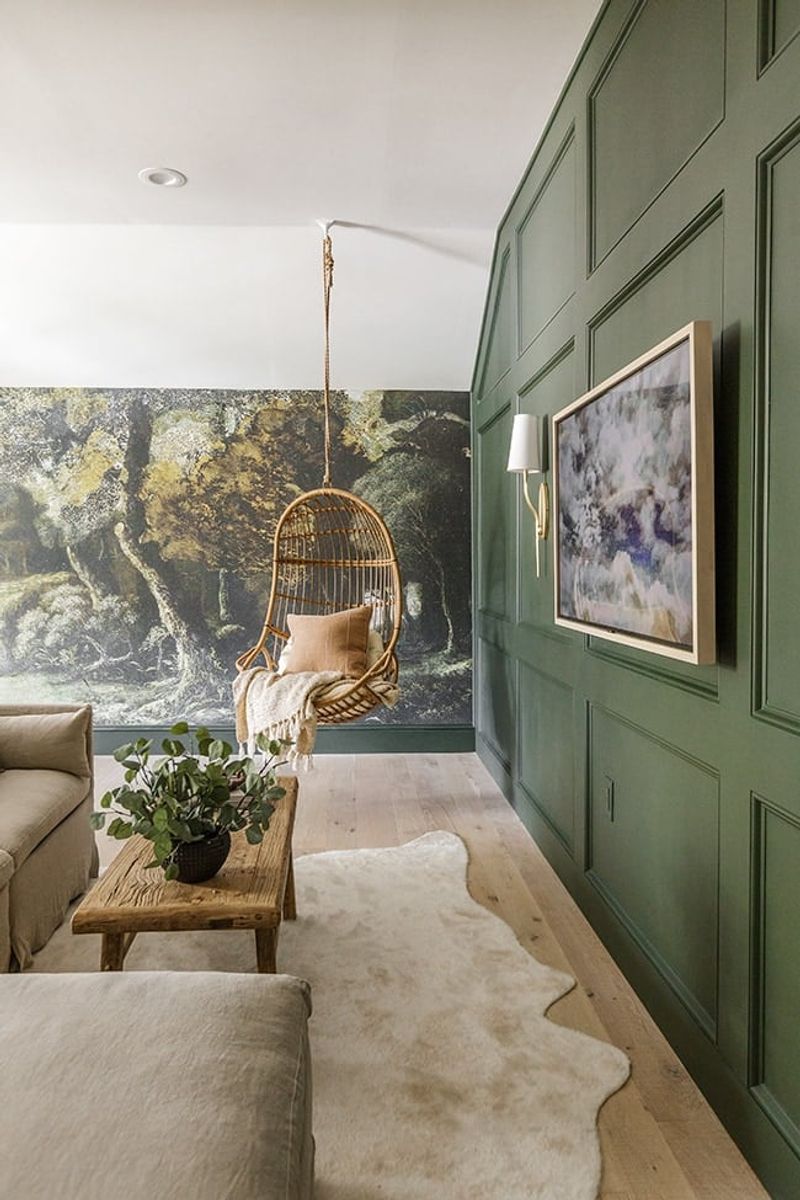
The door frame where you marked your children’s heights. The quirky backsplash tile you discovered on vacation. The built-in bookshelves that perfectly showcase your collection.
These personalized elements become the backdrop to your life’s significant moments. When you prioritize resale, you sacrifice the meaningful customizations that transform houses into homes—the very details that will someday become your fondest memories.
8. Trends Die Faster Than Mortgages
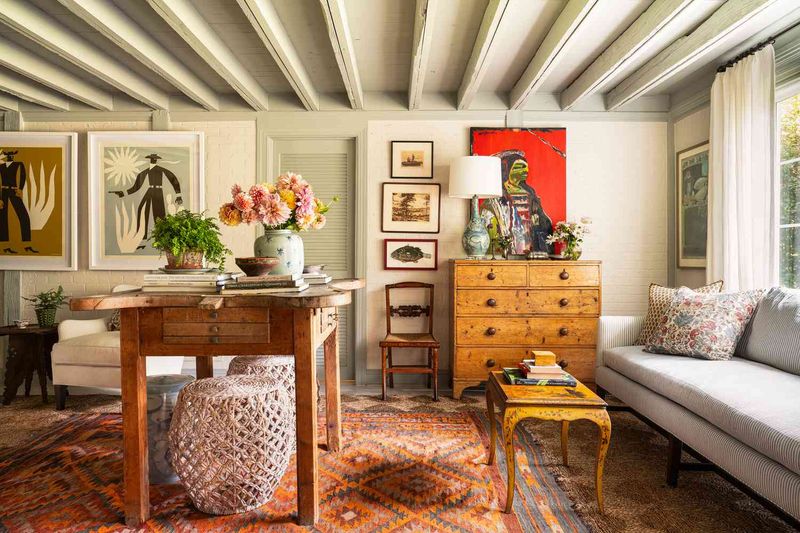
Remember when everyone installed Tuscan kitchens? Or when granite countertops were the only acceptable option? Design cycles have accelerated while homeownership periods have lengthened. The subway tile backsplash installed purely for resale might be passé before your listing goes live.
9. Your Cultural Heritage Isn’t a Resale Liability
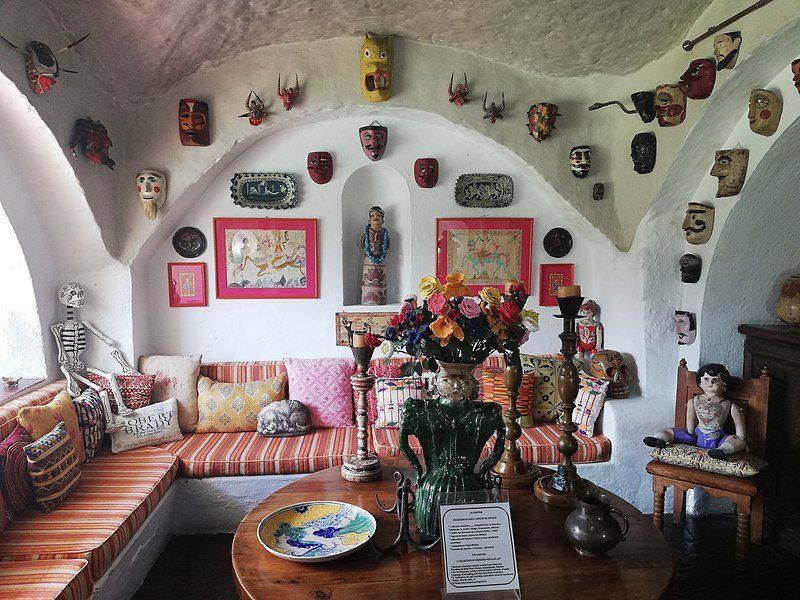
Homes should reflect cultural identities, not suppress them. Many homeowners hide their heritage-inspired design preferences, fearing they might alienate future buyers.
Whether it’s colorful Mexican tile work, Japanese-influenced minimalism, or African textiles, cultural elements add richness and story to spaces. These authentic touches often become the very features that distinguish your home in a sea of cookie-cutter properties.
10. Function Trumps Realtor Fiction
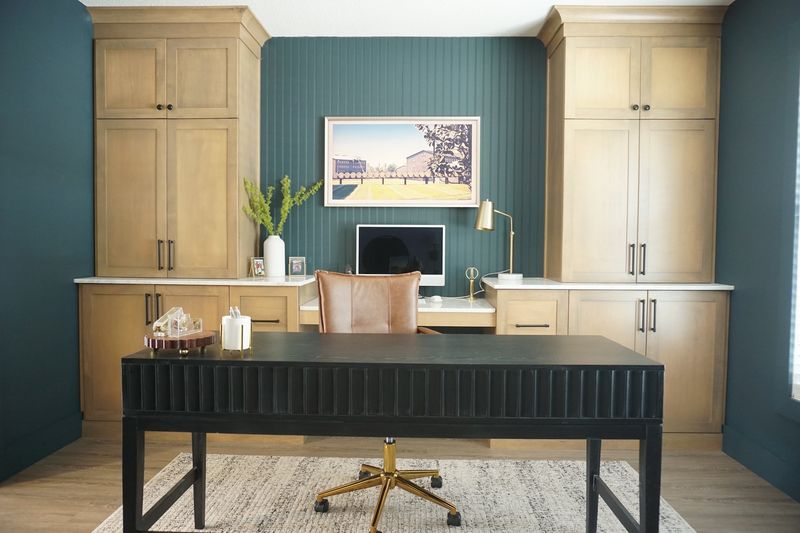
Converting your formal dining room into a home office or craft studio might break real estate conventions. But if you’re not hosting formal dinners while desperately needing workspace, why maintain an unused room for years? The joy and utility of spaces aligned with your daily needs far outweigh theoretical future marketing advantages.
11. Sustainability Shouldn’t Wait for the Next Owner
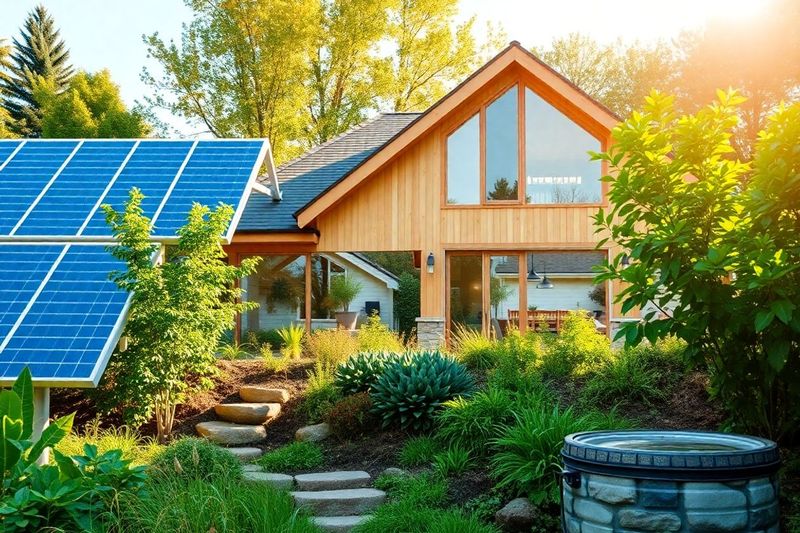
Postponing eco-friendly upgrades because they’re ‘too niche’ for resale means missing years of reduced environmental impact and utility savings. Solar panels, rainwater collection systems, and energy-efficient modifications benefit you now.
The market for sustainable homes grows yearly. What might seem too specialized today could become a significant selling point by the time you list. Meanwhile, you’ll enjoy lower bills and a lighter footprint.
12. The Tyranny of the Open Concept

Real estate shows preach that walls destroy value, but open concept living isn’t universal perfection. Many families discover they actually need acoustic and visual separation in their daily lives.
Perhaps you need a closed kitchen to hide dinner prep chaos. Maybe you crave a cozy den separate from the main living area. Walls create intimacy and functionality that vast, echoing spaces cannot provide.
13. Your Children Grow Up Once
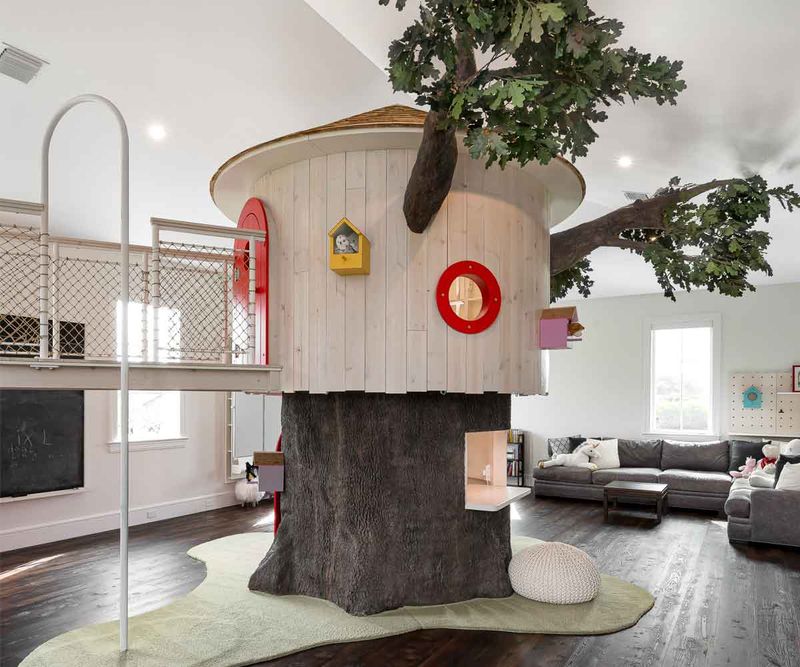
That treehouse that might ‘complicate’ future listings? It’s where childhood memories are forming right now. The bedroom mural your teenager designed? It’s expressing their identity during crucial formative years.
Kids don’t get do-overs on childhood. Creating spaces that nurture their imagination and sense of belonging matters more than what a hypothetical buyer might think years from now. Some things simply can’t be measured in property values.
14. Perfection Is a Moving Target
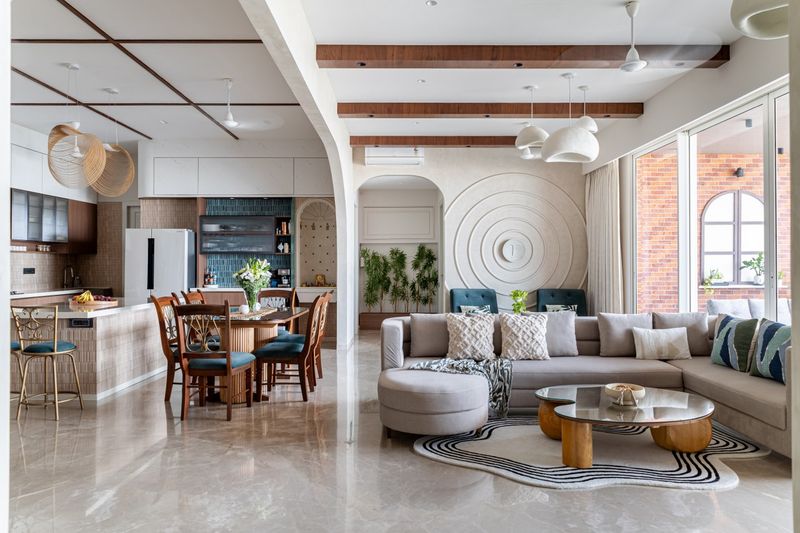
The myth of the universally appealing home creates perpetual dissatisfaction. There’s always another upgrade, another trend, another improvement that might theoretically enhance resale value.
This endless pursuit postpones actually enjoying your home. At some point, you must decide that ‘good enough for the market’ is less important than ‘perfect for us right now.’ Your home is for living, not perpetual preparation for leaving.
15. Life Is Too Short for Temporary Placeholders
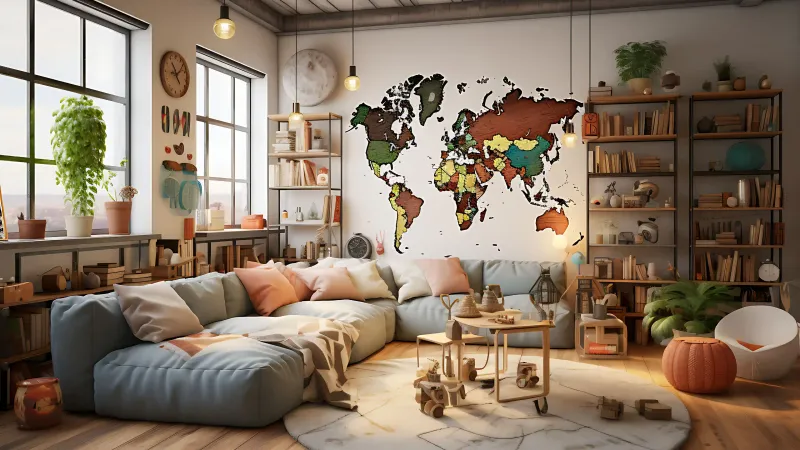
How many homeowners live with ‘for now’ furniture, ‘until we sell’ decor, and ‘good enough’ solutions that drain joy from daily existence? These placeholders become permanent fixtures as years pass.
Surround yourself with objects and arrangements that bring immediate happiness. Whether you sell next year or next decade, the emotional value of living amidst beauty that resonates with your soul is immeasurable.

